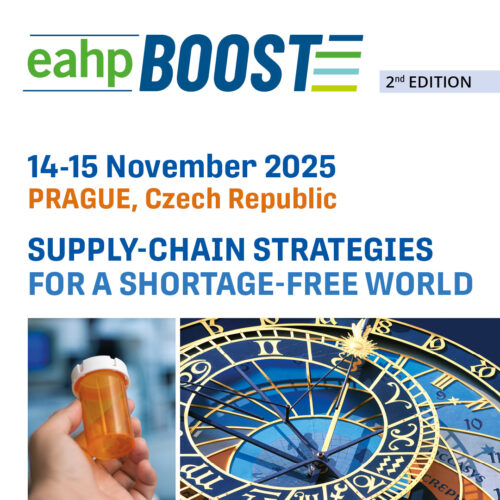SEAMLESS PHARMACEUTICAL CARE OPTIMISING ANTICOAGULATION MANAGEMENT IN THE PERIOPERATIVE PERIOD
European Statement
Education and Research
Author(s)
F. Reidy, M. Duggan, A. Mathew, G. Duignan, S. Nasim, H. Ryder, B. Giblin, B. O’Connell, J. Corcoran
Why was it done?
The management of patients on oral anticoagulant drugs in the perioperative period has become confusing due to the introduction of:
– Newer oral anticoagulant and antiplatelet drugs
– Increased number of day case surgeries and early discharge, leading to lack of optimum care of patients, with anticoagulation and thrombophylaxis measures being undermanaged, resulting in prolonged hospital stays and cancellations of procedures.
What was done?
Following informal discussions with pre-assessment clinic (PAC) nursing staff, anaesthetists, pharmacists and surgeons, an evidence based management plan for thrombophylaxis and anticoagulation in the perioperative period for surgical patients was developed comprising of:
Thromboembolism risk assessment and bleeding risk stratification tool, to risk stratify all patients being admitted for surgery.
Prescribing guidelines on the management of anticoagulant drugs in the perioperative period.
Patient information leaflets on the management of anticoagulant drugs and thrombophylaxis measures pre and post procedure.
Preprocedure and discharge pharmaceutical plans to facilitate patients’ anticoagulation drugs to be managed effectively in the community.
How was it done?
Draft guidelines were disseminated to relevant staff and an opportunity was given for feedback over a period of 1 month. Following these recommendations, the guideline was introduced at the weekly surgical meeting. Information was then disseminated to the relevant departments.
One year later an audit demonstrated that these guidelines provided clarity with the decision making process regarding anticoagulation and thrombophylaxis, resulting in improved patient safety outcomes in the perioperative period. The need for educational training on the guidelines and simplification of the risk assessment tool was highlighted.
What has been achieved?
• Patients’ anticoagulation needs pre and post procedure can be managed with clear instructions in the perioperative period across the hospital/community interface.
What next?
The tool will be adapted to help with the decision making process regarding anticoagulation and thrombophylaxis for medical patients.
The complexities of perioperative anticoagulation are addressed in a simple way that the development of an App would benefit patient safety.
























